Herbs & Formulas
TCM Heat and Inflammation
Skye Sturgeon, DAOM, Quality Assurance Manager, Mayway
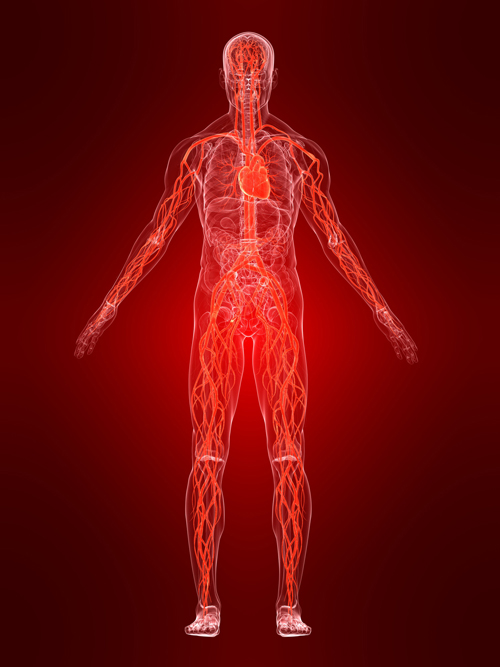 Latent heat (潜热 qiánrè) as a Chinese medicine concept has ancient origins dating to the Huangdi Nei Jing and the Shang Han Lun, first appearing in Chapters 3 and 5 of the Su Wen. It was used to explain how the exposure of a Cold pathogen, believed to occur in winter, changed to Heat in the spring. Latent Heat has developed into a useful concept to explain how Internal, Organ, or Blood Heat can arise without obvious disease proceeding through the Four Levels or Six Stages.
Latent heat (潜热 qiánrè) as a Chinese medicine concept has ancient origins dating to the Huangdi Nei Jing and the Shang Han Lun, first appearing in Chapters 3 and 5 of the Su Wen. It was used to explain how the exposure of a Cold pathogen, believed to occur in winter, changed to Heat in the spring. Latent Heat has developed into a useful concept to explain how Internal, Organ, or Blood Heat can arise without obvious disease proceeding through the Four Levels or Six Stages.
Ling Zhi: Mushroom of Immortality
Mark Frost, MSTCM, L.Ac.
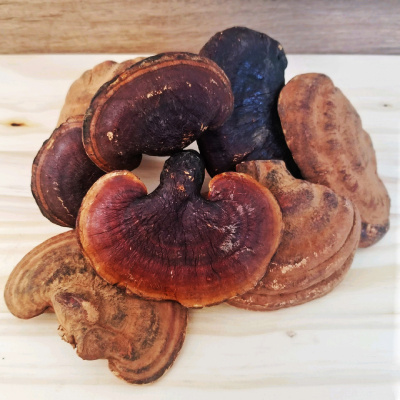 Ling Zhi (Reishi) is one of the most recognized Chinese herbs, both in appearance and in its many significant medicinal properties. It has been used for thousands of years to enhance health, clear mind and spirit, and to promote longevity. Ling Zhi's effects are subtle, its therapeutic results take time to show themselves, and its primary action is to strengthen and promote optimal health. Ling Zhi's most profound quality is in maintaining health and preventing illness over the span of one's life.
Ling Zhi (Reishi) is one of the most recognized Chinese herbs, both in appearance and in its many significant medicinal properties. It has been used for thousands of years to enhance health, clear mind and spirit, and to promote longevity. Ling Zhi's effects are subtle, its therapeutic results take time to show themselves, and its primary action is to strengthen and promote optimal health. Ling Zhi's most profound quality is in maintaining health and preventing illness over the span of one's life.
Revive Kidney Qi
Skye Sturgeon, DAOM, Quality Assurance Manager, Mayway

Mayway Herbs is pleased to introduce Plum Flower™ Revive Kidney Qi Teapills, also known as Suð Yáng Bǔ Shèn Wán 鎖陽補腎丸. Based on the classic, Cong Rong Bu Shen Wan, we have replaced Ròu cōng róng (肉蓯蓉 )/Cistanche deserticola with Suð yáng (鎖陽) /Cynomorium songaricum for sustainability reasons. Rou cong rong is a Convention on International Trade in Endangered Species of Wild Fauna and Flora (CITES) listed species. While it is listed in Appendix 2 (CITES II) which allows for limited trade requiring export/import permits, we have found it extremely difficult to acquire the necessary permits. To support sustainability and avoid stock outages, we have chosen to reformulate.
Read MoreYang Tonics Comparison
Yvonne Lau, Mayway President
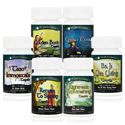
Explore 9 Yang Tonics to help practitioners quickly and easily compare formulas, their functions, indications, and ingredients.
Read MoreNerve Qi & Xue Stagnation Formulas Comparison
Yvonne Lau, Mayway President

Explore 6 formulas for Nerve Qi and Xue Stagnation to help practitioners quickly and easily compare formulas, their functions, indications, and ingredients.
Read MoreRelease Exterior Formulas Comparison
Yvonne Lau, Mayway President
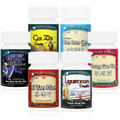
Explore 18 formulas that Release Exterior sorted by Wind-Cold, Wind-Heat, Interior Heat and Interior Deficiency to help practitioners quickly and easily compare formulas, their functions, indications, and ingredients.
Read MoreBack to School - A TCM Clinician's Perspective
Amy Mager, DACM, L.Ac., FABORM, Diplomate OM

Amy Mager, L.Ac. discusses a look at preparing children and families for the upcoming school year, methods to prepare our immune systems, and options for addressing illness if an attack occurs.
Read MoreTreating Blood & Jing in Male Fertility
Skye Sturgeon, DAOM, Quality Assurance Manager, Mayway

Infertility is clinically defined in women and men who cannot achieve pregnancy after one year of having intercourse without using birth control, occurring in approximately 15% of heterosexual couples who are trying to conceive. According to the National Institutes of Health, one-third of infertility cases are caused by male reproductive factors, one-third by female reproductive issues, and one-third by both male and female reproductive issues or by indeterminate factors. This article explores customizable formulas that may support male infertility by treating blood and jing.
Read MoreKai Kit Wan: For men over 50
Skye Sturgeon, DAOM, Quality Assurance Manager, Mayway
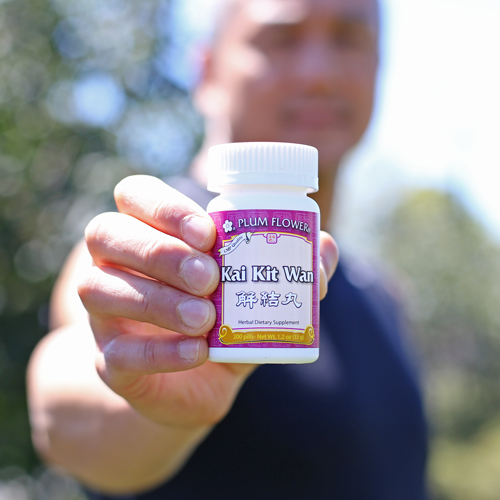
Kai Kit Wan is the popularized name in Hong Kong for Jiè Jié Wán (解結丸), which literally means "to untie a knot" and refers specifically to reducing swelling in the prostate. This article gives the benefits of each herb in Kai Kit Wan, combination formulas for your patient’s specific needs, and the TCM terms of an enlarged prostate.
Read MoreMen's Essentials Formulas Comparison
Yvonne Lau, Mayway President
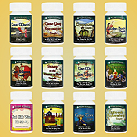
These 16 formulas are commonly prescribed to Men and are considered Men's Essentials for your herbal formula. Learn how to use each formula sorted with pin yin name, alternate name, functions, indications, typical tongue and pulse, and the ingredients so you can easily select the best formulas for your patients!
Read MoreThoughts, observations and the classical Chinese medicine view: The first trimester of pregnancy
Raven Lang, L.Ac., O.M.D.

The classic writings I quote are taken from the Zhubing Yuanhuo Lun, the Mawangdui, and Sun Si Miao. They will offer you the ability to contemplate the first three of the ten lunar months of pregnancy, interpreted and practiced by the leading physicians of that time. In studying the ancients on their thoughts regarding pregnancy, we must realize that these teachings came from the astute observations and witnessing of nature in all its glory and violence. The lessons the ancients learned originated from watching the power and influence of the moon, sun and stars, the weather, seasons, elements, the sowing, cultivating, and harvesting of crops, the language of plants and animals, and bottom line, the interdependence of all these factors as they affect everything on earth.
Read More"Four Substances Decoction" - Si Wu Tang
Yvonne Lau, Mayway President
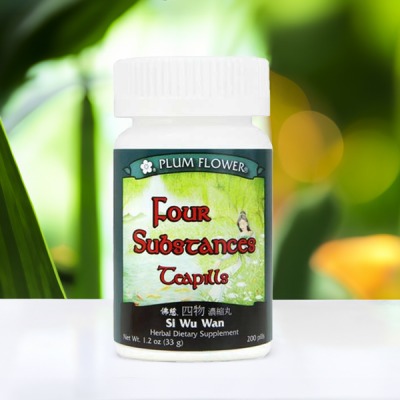
Known for its extraordinary characteristics for obstetrics and gynecology, Si Wu Tang (Four Substances Decoction) is discussed and its benefits for blood deficiency, blood stasis, and irregular menstruation.
Read MoreThe Chinese Herb Garden
Dr. Jasmine Rose Oberste, DACM
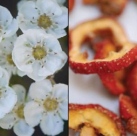
Many of us are drawn to study and practice Chinese medicine in part due to the wisdom held by such quiet observation and an intuitive understanding that it is a more sustainable way of healing and being. However, when we are in school with hundreds of new herbs to learn: taste, temperatures, actions and combinations, we are often disconnected from the source of those herbs, many of which grow around us every day. Read more about growing Chinese herbs in the US, where to find Chinese herb gardens, and references for sourcing your own seeds.
Read MoreChinese Herb-Drug Interactions
Skye Sturgeon, DAOM, Quality Assurance Manager, Mayway
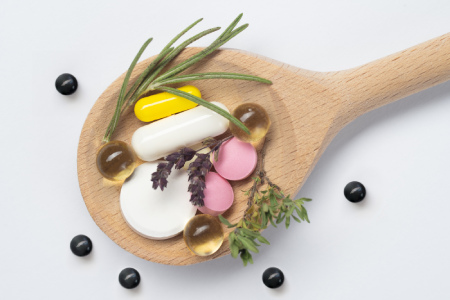
Many are using traditional Chinese herbal medicine alongside prescription COVID-19 drugs. But can these therapies mix safely? In this article, Dr. Skye Sturgeon explores potential interactions between herbs and drugs using Paxlovid and Qingfei Paidu decoction as an example. Learn how these treatments might work together or against each other and discover resources for a deeper dive into COVID-19 therapies.
Read MoreSeasonal Nasal & Phlegm Formulas
Yvonne Lau, Mayway President
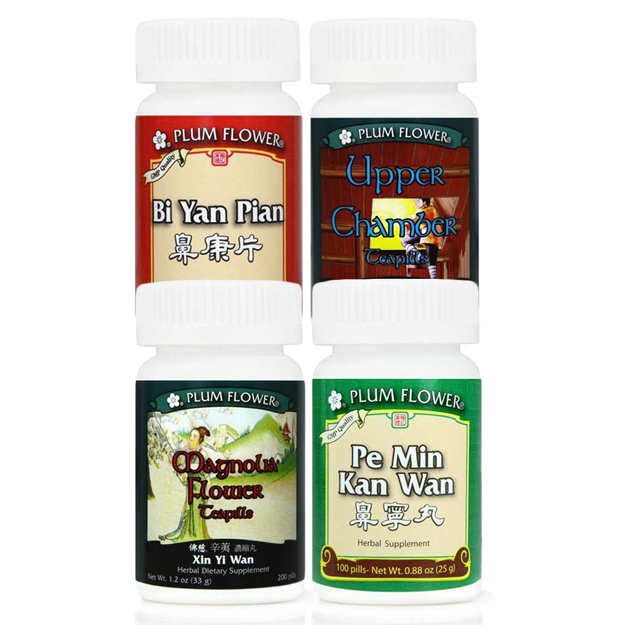
Explore 11 formulas that address seasonal nasal and phlegm challenges. This comparison chart will help you quickly and easily compare formulas, their functions, indications, and ingredients.
Read More